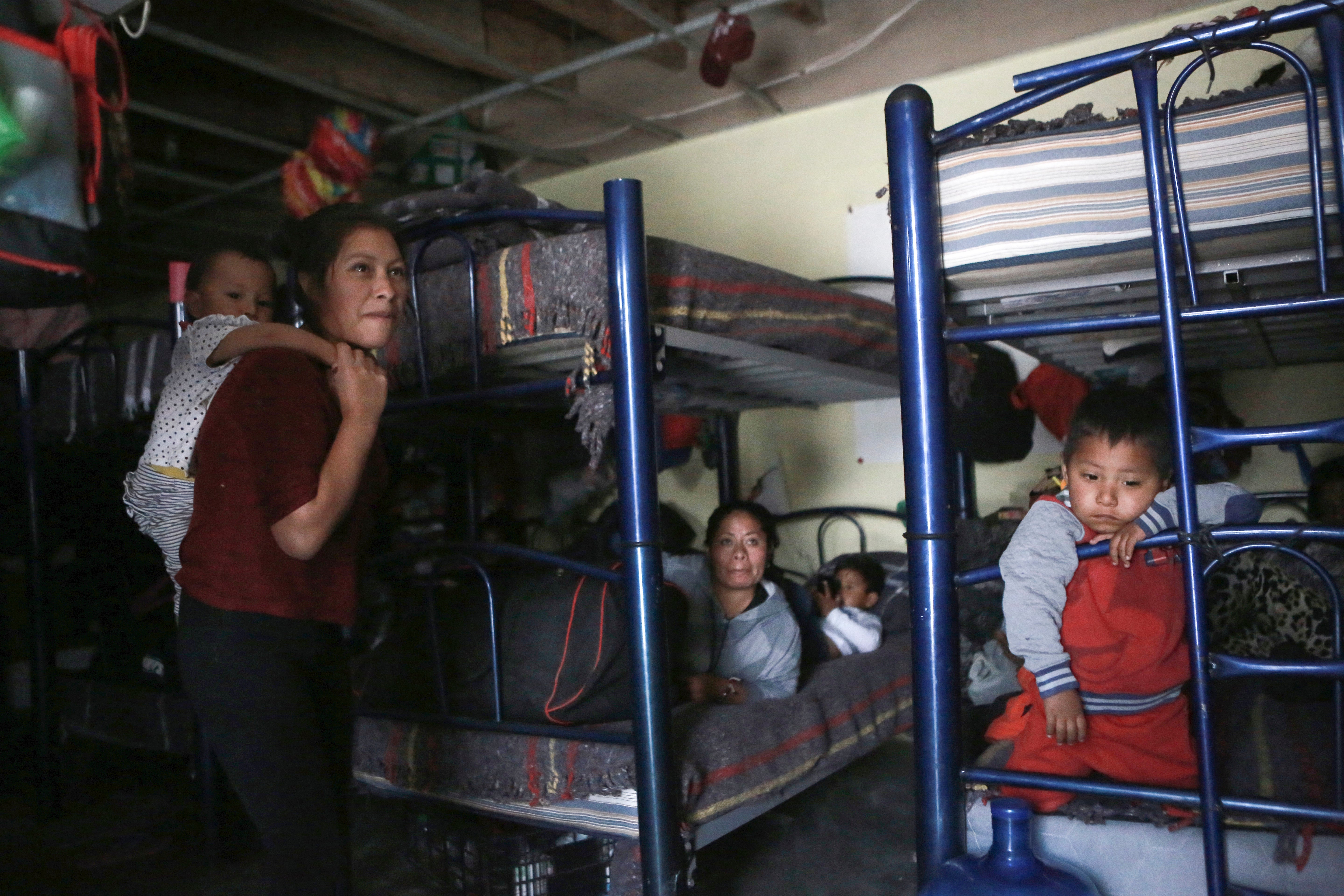Migrant crossings spike as US plans to lift curb on asylum
The number of migrants attempting to cross the U.S.-Mexico border has surged in recent weeks as the U.S. prepares for even larger numbers with the expected lifting of a pandemic-era order that turned away asylum seekers

Your support helps us to tell the story
From reproductive rights to climate change to Big Tech, The Independent is on the ground when the story is developing. Whether it's investigating the financials of Elon Musk's pro-Trump PAC or producing our latest documentary, 'The A Word', which shines a light on the American women fighting for reproductive rights, we know how important it is to parse out the facts from the messaging.
At such a critical moment in US history, we need reporters on the ground. Your donation allows us to keep sending journalists to speak to both sides of the story.
The Independent is trusted by Americans across the entire political spectrum. And unlike many other quality news outlets, we choose not to lock Americans out of our reporting and analysis with paywalls. We believe quality journalism should be available to everyone, paid for by those who can afford it.
Your support makes all the difference.Migrants attempted to cross the U.S.-Mexico border at the highest level in two decades as the U.S. prepares for even larger numbers with the expected lifting of a pandemic-era order that turned away asylum seekers.
Immigration authorities stopped migrants 221,303 times along the Southwest border in March, a 34% increase from a month earlier, according to U.S. Customs and Border Protection data filed with a federal court in Texas.
The new figures were disclosed as the Biden administration comes under increasing pressure over the looming expiration of a public health order that enabled U.S. authorities to turn back most migrants, including people seeking asylum from persecution.
The number of migrant encounters has gone up nearly every month since President Joe Biden took office, becoming fodder for political opponents who point to the increase as evidence that this administration is weaker on border security than its predecessor.
A backlog of people waiting outside the country to seek asylum, as well as dire economic and political conditions in much of Latin America and the Caribbean, is partially responsible for the increase in migrants. Administration critics blame Biden, arguing his administration's moves to roll back Trump-era policies has encouraged people to come.
The number of illegal crossings, or those outside official ports of entry, totaled 209,906 in March, surpassing the previous high of Biden’s presidency of 200,658 set in July, and the highest level since March 2000, when it reached 220,063.
Former President Donald Trump also faced a sharp increase in migrant border crossings but the number plummeted with the start of the pandemic. In March 2020, the previous administration invoked Title 42, a little-used public health authority to quickly expel nearly anyone encountered along the Southwest border.
U.S. authorities have expelled migrants more than 1.7 million times under Title 42 authority, named for a 1944 public health law, using the threat of COVID-19 to deny migrants a chance to seek asylum as required under U.S. law and international treaty.
With COVID-19 cases in decline, the Biden administration has said it intends to end the use of Title 42 at the border on May 23.
Several moderate Democrats have joined Republican leaders to call for an extension of Title 42 authority, most recently Sen. Chris Coons of Delaware on Sunday. Sen. Mark Kelly, an Arizona Democrat up for election this year, toured the border last week and warned that the Biden administration is unprepared for asylum restrictions to be lifted.
The rapid expulsions under Title 42 are a significant component of the increase. Migrants are turned back without any legal consequences, and many simply try to cross again and are therefore counted more than once in the total.
More than half of the 221,303 stopped were quickly turned away, either to Mexico or their homelands, according to data supplied to a federal court in Texas as part of that state's challenge of Biden administration immigration policies.
Most of the rest were processed under immigration authority, known as Title 8, and their ultimate fate varies. About 34,000 were allowed to remain in the U.S. under parole, which will allow them to pursue asylum or legal residency through other avenues. If they are unsuccessful, they could face deportation.
___
Associated Press writer Elliot Spagat in San Diego contributed to this report.